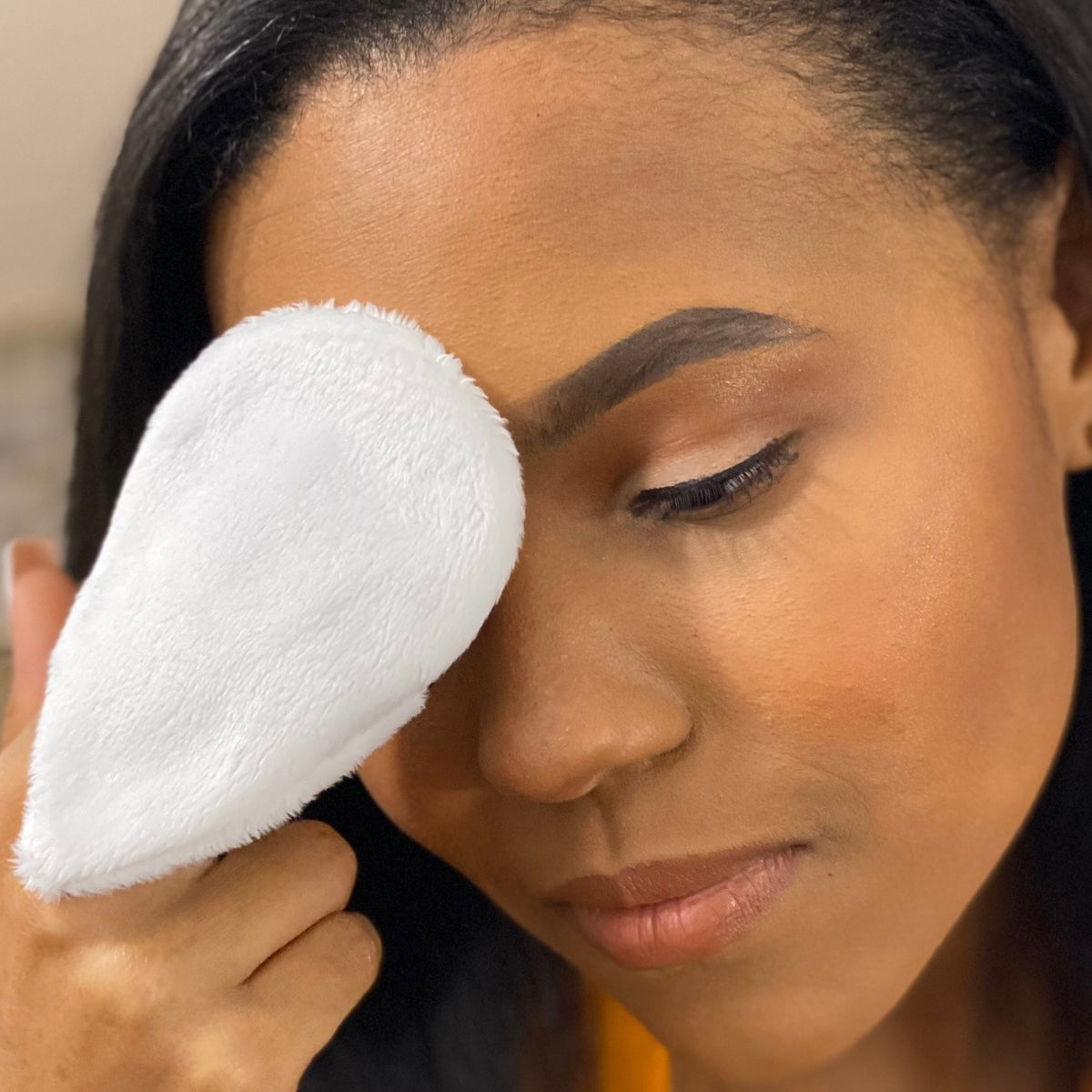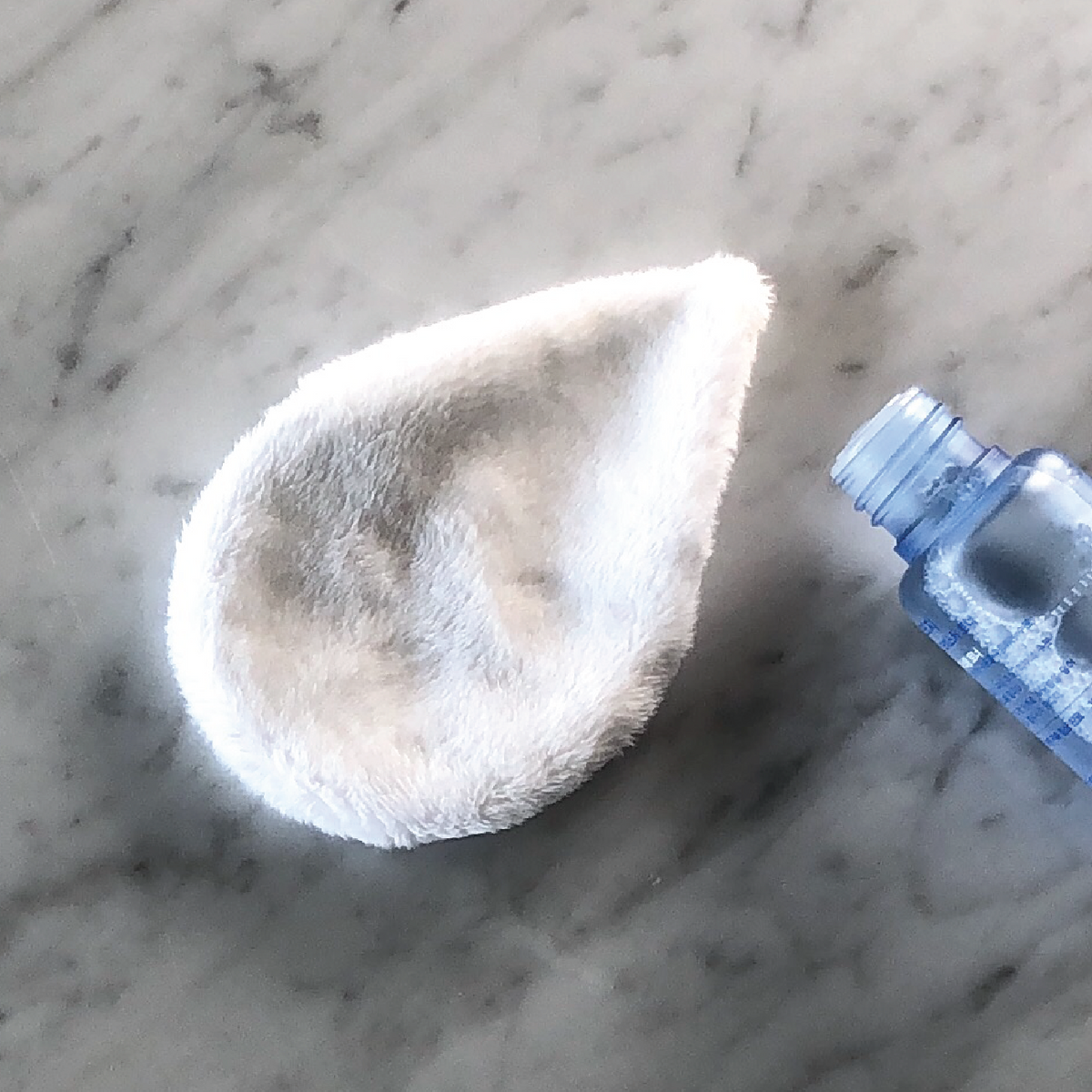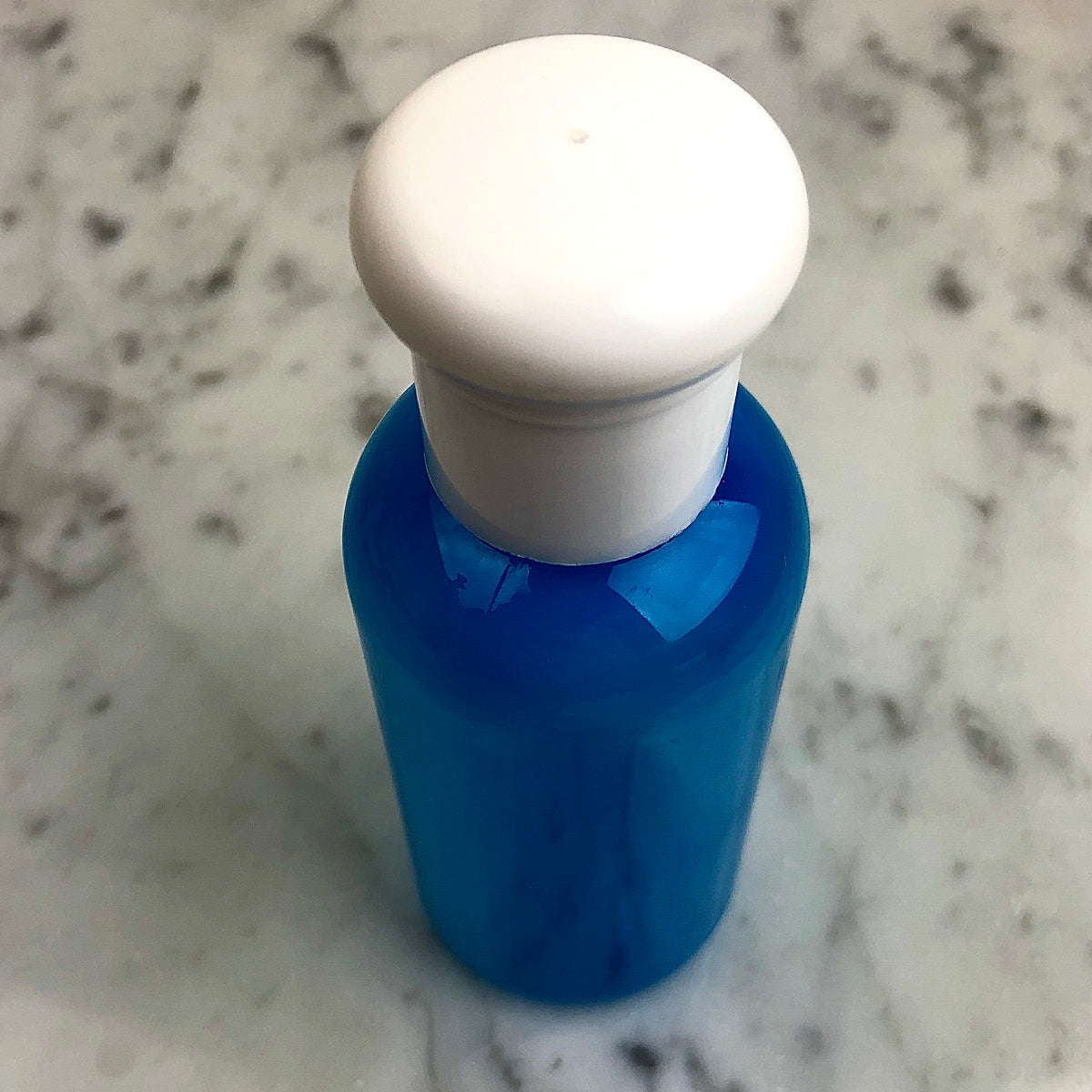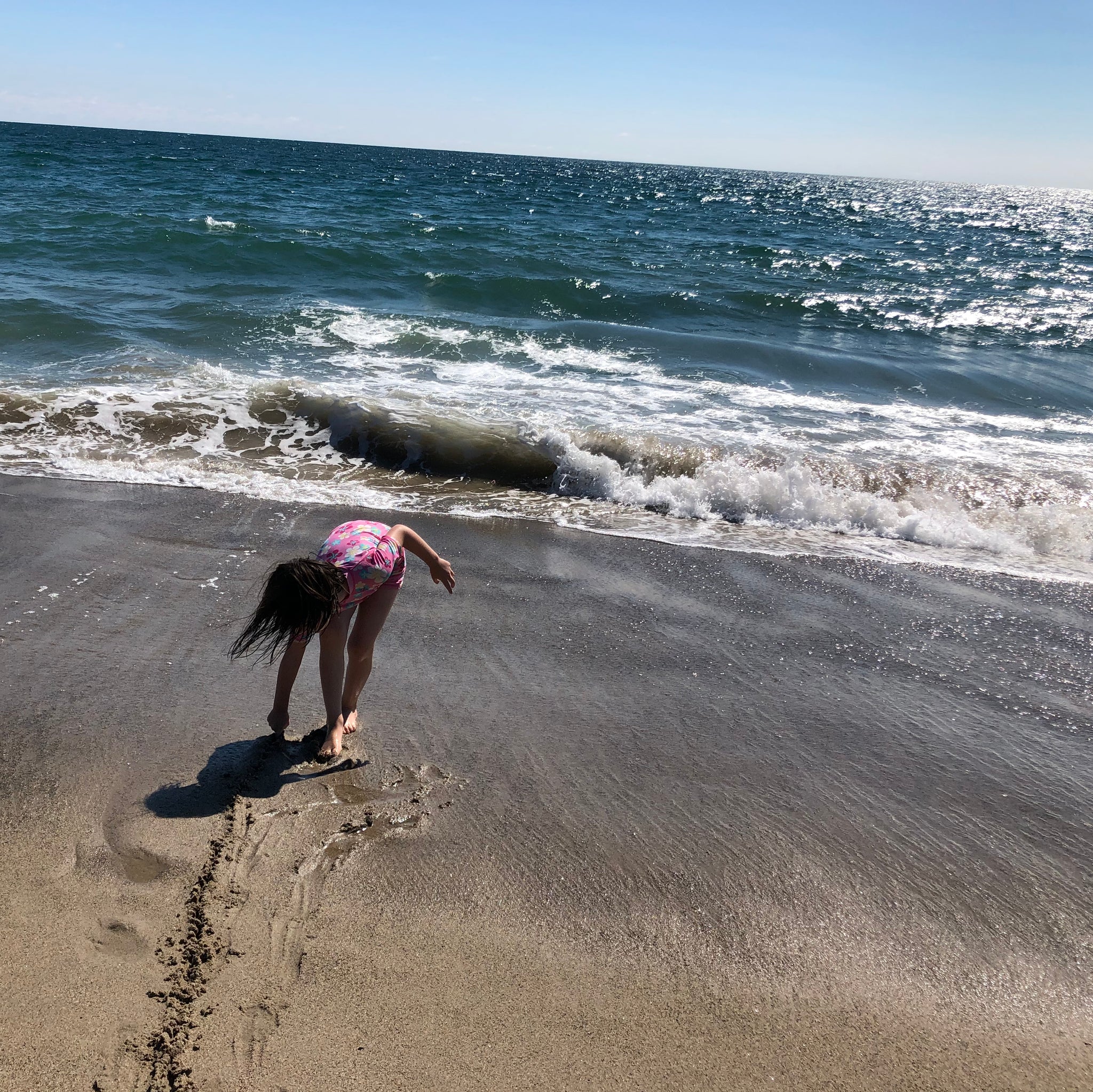How SPF Messes with Your Skincare (and what to do about it)
What has your SPF been doing to your skin all summer?
If you’re reading this, you’ve probably been wearing your sunscreen every day (like the good skintellectual that you are). Gold star for you! Your skin will thank you later. But what’s it doing RIGHT NOW? If you’re not cleansing thoroughly after each use, it’s probably:
- Trapping some of the summer grime and sweat against your skin
- Clogging your pores
- Blocking your serums, toners, and creams from doing their best work
Let’s be clear—we would NEVER suggest that anyone stop wearing SPF. None of the drawbacks of SPF are worth the risk of skin cancer. But still… sunscreen can be yucky. Adding something extra in the hot months can already lead to skin congestion. And if your SPF is long-wearing, waterproof, and sweatproof, your face wash probably isn’t up to the task.
How Should You Remove Sunscreen?
This is a Goldilocks issue—you need to get this stuff off, but you should never overcleanse. Have you gotten the memo that you never want your skin to be squeaky clean? It’s a real thing. Strong cleansers (i.e., almost anything that lathers) will get your sunscreen off, but they also mess with your pH, strip your skin of the “good” bacteria and oils, and seriously disrupt your skin’s ability to protect and renew itself. Do you really want to damage your skin’s natural barrier function at the time of year when it’s most needed?
To remove sunscreen, as well as any other long-wearing product, we love to combine a really gentle cleansing cream, oil, or balm. They’re great for sensitive skin and they actually break down these hard-to-remove products better than something that lathers. Thing is, you need to wipe them off. This is where the Mitty comes into the summer skincare picture.
Cotton Won’t Cut It
Cotton is really good at absorbing liquids, but not so great at grabbing grime. Also, the fibers are kind of harsh (terrycloth, especially). So skip the cotton pads and terrycloth and go for a microfiber product, preferably a Mitty (DO NOT use any microfiber product without cleanser, even if the directions say so). The tiny fibers grab the grime and cleanser without stripping skin. Users find that their skin is calmer and less congested as a result. Also, we love how it makes cleansing a lot quicker and tidier—no splashing all over the counter, your clothes, and hair.
Of course, we would also tell you to then use the tip of your Mitty for eye makeup removal and then use a clean Mitty Mini for your toner. But that’s just for people who like to take care of their skin. ; )
Mittys Love the Beach
Pro tip: we like to bring a Mitty and some micellar water with us when we’re going to be outside, since we don’t like how our skin feels after time in the sun. You can do a quick pass on the face and then reapply the SPF, meaning you’re getting more protection AND less stickiness in under a minute.
Also in Company stories, skincare tips, and environmental news from Take My Face off

How to Help Teenagers with Skin Problems
- Avoid the temptation to go overboard! Harsh cleansers, astringents, and scrubs can make problems worse.
- Cleanse skin twice a day with a gentle cleanser. Make sure to rinse thoroughly.
- Avoid harsh soaps and creams (unless recommended by a dermatologist).
- If you want to try topical acne treatments, start off slowly.

What's the Difference Between Astringent and Toner?

Is Astringent Good for Skin?
It’s been a long time since astringents were the prom queens of the skincare world (that’s not the scientific term). What changed and why?
Skincare experts used to think that the way to manage oily, blemish-prone skin was to remove the oil and bacteria. Hence, they loved harsh, bacteria-killing astringents (among other products). But in the last few decades, those experts started changing their minds.


